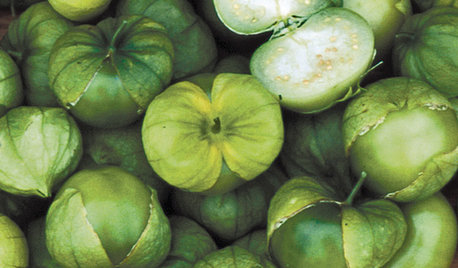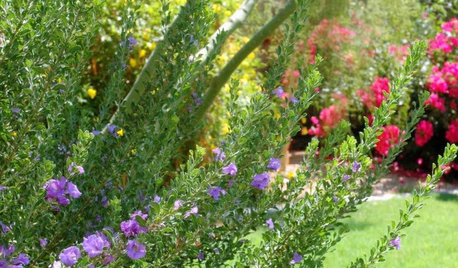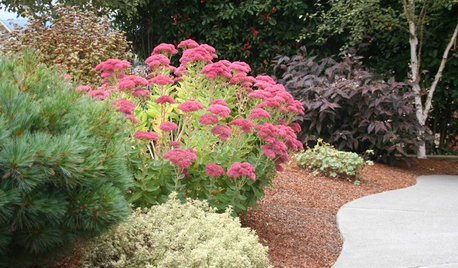Tomato Stakes?
Nancy Fryhover
15 years ago
Related Stories

LIFEEasy Green: Modern Homesteaders Stake a Claim
With more options for raising chickens, growing edibles and keeping bees than ever, suburban and city folk are rediscovering a lost art
Full Story
EDIBLE GARDENSSummer Crops: How to Grow Tomatoes
Plant tomato seedlings in spring for one of the best tastes of summer, fresh from your backyard
Full Story
GARDENING GUIDESCommon Myths That May Be Hurting Your Garden
Discover the truth about fertilizer, soil, staking and more to keep your plants healthy and happy
Full Story
MOST POPULARThe Unexpected Color That Goes With Everything
Move over, beige. Green is staking its claim as the freshest neutral around
Full Story
SUMMER FRUITS AND VEGETABLESSummer Crops: How to Grow Tomatillos
Grow this Mexican native for the freshest salsa verde — and for fewer problems than its tomato cousins
Full Story0

GARDENING GUIDESCalifornia Gardener's June Checklist
Update your hydrangeas, catch up on tomatoes and more ways to enjoy your California garden in June
Full Story
GARDENING GUIDESSouthwest Gardener's June Checklist
Protect your plants from too much sun while waiting for rain relief, and guess what? Those cacti might need a drink
Full Story
GARDENING GUIDESCalifornia Gardener: What to Do in July
Active green thumb or not, top priorities for peak fruit and veggie season: watering, feeding, keeping up with growth
Full Story
GARDENING GUIDESPacific Northwest Gardener's August Checklist
Deadheading perennials, cutting raspberry canes and preparing for the onion harvest keeps Northwest gardeners busy in August
Full Story
GARDENING AND LANDSCAPINGBuild a Raised Bed to Elevate Your Garden
A bounty of homegrown vegetables is easier than you think with a DIY raised garden bed to house just the right mix of soils
Full StoryMore Discussions



Okiedawn OK Zone 7
Nancy FryhoverOriginal Author
Related Discussions
Florida weave tomato staking
Q
tomatoes staked
Q
My Tomato Staking
Q
Keeping birds off of tomato stakes
Q
owiebrain
Okiedawn OK Zone 7
owiebrain
tulsabrian
Okiedawn OK Zone 7
scottokla
very_blessed_mom
very_blessed_mom
scottokla
rocky-matoe
Okiedawn OK Zone 7
rocky-matoe
Okiedawn OK Zone 7
okiehobo
scottokla
owiebrain
sammy zone 7 Tulsa
ilene_in_neok
sammy zone 7 Tulsa
Okiedawn OK Zone 7
binary_eclipse
Okiedawn OK Zone 7